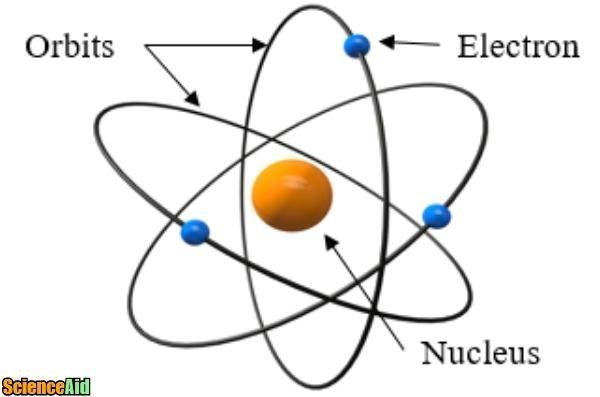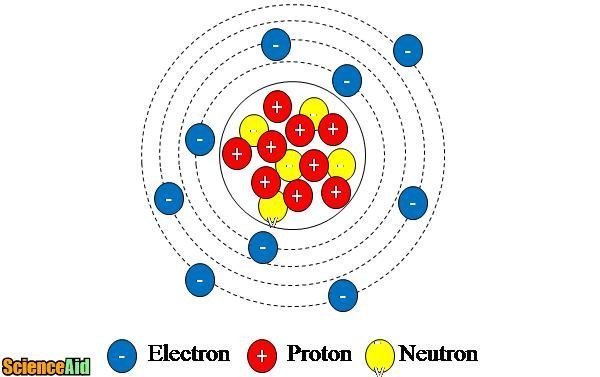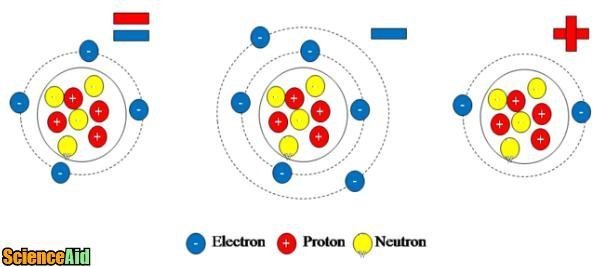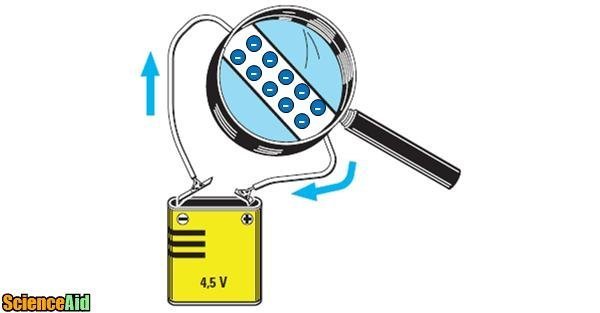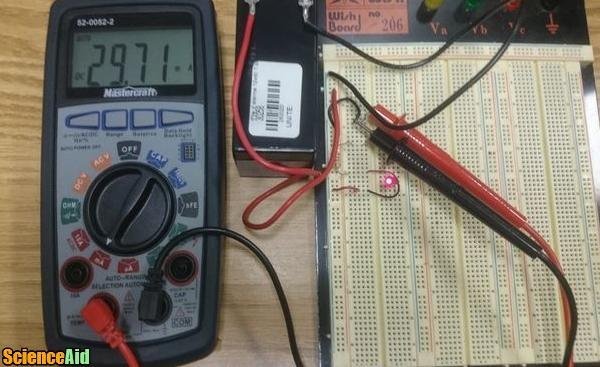Electric Current
Edited by Simo, SmartyPants, Sharingknowledge, Jen Moreau and 1 other
We use electricity every day, sometimes without even realizing it. Electricity enables us to use our laptops, phones, TV's, to light our homes, heat our pools, wash our clothes and dry our hair. The flow of energy from power plants into our homes and throughout our communities occurs through a utility grid.
Electric current is defined as the movement of electrons inside conductors and between two points of a circuit. To understand this concept, an understanding of the Atom is necessary.
Atoms: Structure
- 1Every solid, liquid, gas and plasma is composed of atoms. The atom itself is composed of a nucleus (protons and neutrons) and electrons. The electrons orbit the nucleus of the atom, the same way the planets in our solar system orbit the sun. The proton (positively charged) keep the electrons (negatively charged) in orbit. The number of electrons and protons define the element of the atom. For example, Hydrogen atoms have one electron and one proton.Atoms are the smallest particles of matter.Advertisement
- 2For example, the bore atom has five protons and five electrons orbiting while the copper atom has 29 protons and 29 electrons orbiting. When there are multiple electrons orbiting, the electrons orbit in different layers. The electrons orbiting the nucleus in the closer layer are termed bound electrons and are very difficult separate from the atom. The electrons in the outer layers are easier to separate from the atom and are termed free electrons.Multiple electrons can orbit the nucleus.
- 3Because there are more protons than electrons, the atom becomes positively charged. In the same way, if we introduce free electrons into another atom's layer it becomes negatively charged.When an atom loses free electrons, the number of protons (positive charges) increases, and outnumber the electrons (negative charge).
- 4An electric charge is defined as Q and its unit is the Coulombs (C)
- 5
Electric Current
- 1A common battery has a positive (+) pole (atoms in this pole are positively charged, they have a bigger number of protons compared to electrons), and a negative (-) pole (atoms in that pole are negatively charged, and have a smaller number of protons compared to electrons). When a conductor is placed between the two poles (copper wire for example), the free electrons within the conductor's atom will start moving toward the positively charged pole, creating an electric current.A basic principle of electrostatics states when two charged particles have the same charge they repel each other but if two charged particles have different charges they will attract one another.
- 2
- 3To express the previous relationship between the current and the charged particles, a mathematical equation can be driven as: ?Q=I ?t Where ?Q is the charge in Coulombs (C) flowing between two points of electric circuits, I is the current measured, finally, ?t is time needed in seconds (s).
- 4
Electric Voltage
- 1The point with the highest potential will repel electrons toward the point with the lowest potential, exactly like water flowing down from the highest point in a waterfall to the lowest point.The voltage is the difference of electric potential (difference in charged atoms) between two points in an electric circuit such as the two poles of a battery.
- 2
- 3P=I.V Where P is expressed in watt, V is the voltage in volts and I is the current expressed in amperes.The voltage between two points in a circuit and the current flowing between these two points represents the electric power (expressed in watt (W)), The mathematical equation that links these parameters is defined by:
Ohm's Law
- 1There is a direct relation between the voltage and current termed Ohm's law.
- 2Expressed as a mathematical formula: V=I*ROhm's law states that there is a linear relationship between the voltage and the current in an electrical circuit.
- 3The resistance expresses the ability of the material to oppose the flow of electrons.Where V is the voltage between two points in an electric circuit, I is the current flowing between the two points, and finally, R is the resistance of the material.
Example
- 1
- 2
- 3
- 4R=V/I=12.24/29.71=411 ?Theoretically, we can predict the value of the resistance applying the equation:
Referencing this Article
If you need to reference this article in your work, you can copy-paste the following depending on your required format:
APA (American Psychological Association)
Electric Current. (2017). In ScienceAid. Retrieved Apr 25, 2024, from https://scienceaid.net/electric_current
MLA (Modern Language Association) "Electric Current." ScienceAid, scienceaid.net/electric_current Accessed 25 Apr 2024.
Chicago / Turabian ScienceAid.net. "Electric Current." Accessed Apr 25, 2024. https://scienceaid.net/electric_current.
If you have problems with any of the steps in this article, please ask a question for more help, or post in the comments section below.
Comments
Article Info
Categories : Physics
Recent edits by: Jen Moreau, Sharingknowledge, SmartyPants







